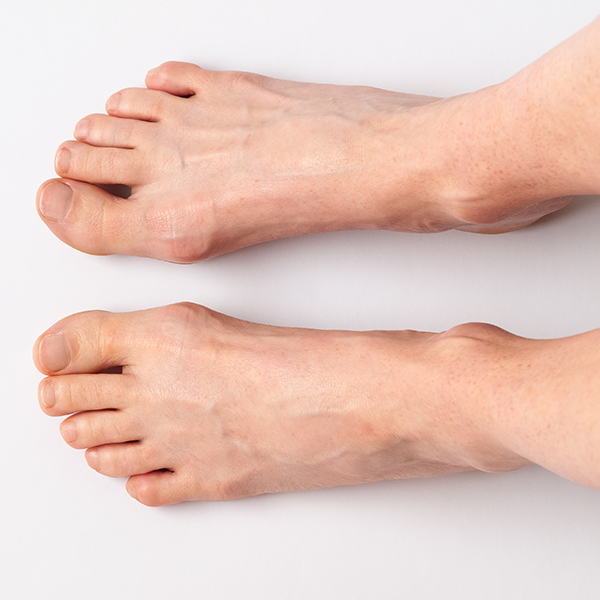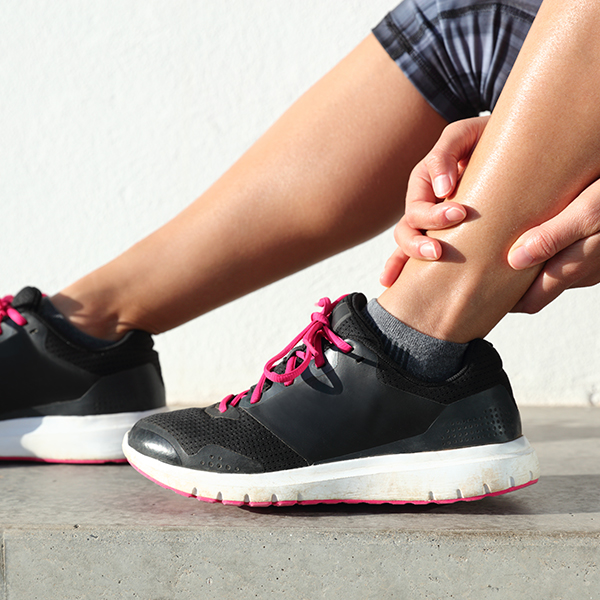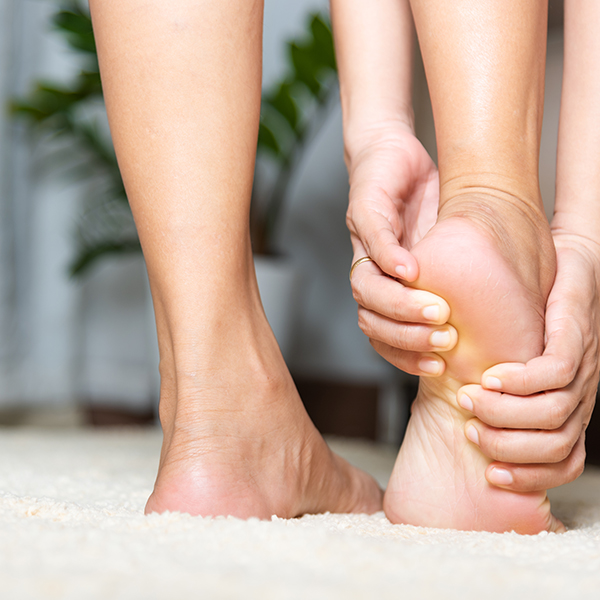Charcot Deformity
Charcot foot can occur when a person has significant neuropathy (nerve damage) in the feet. Eventually, the bones in the foot are weakened to the point where they can fracture and change shape, even with basic activities such as walking.
This disorder is progressive, eventually causing the foot to take on an abnormal shape because the joints collapse. Instead of having an arch in the middle, a Charcot foot deformity creates a rocker-bottom appearance.
Cause of Charcot Deformity
Charcot is the result of neuropathy, commonly experienced by people with diabetes. The neuropathy causes a decrease in sensation, making it difficult for a person to feel pain, injury, or temperature. As a result, the injury can be aggravated because the person doesn’t realize the damage that is occurring in the foot.
This serious foot condition can lead to disability and deformity. In some cases, amputation is necessary. It is always best to maintain regular consultations with an experienced podiatrist if you are living with diabetes. Preventive measures and immediate treatment can be used to manage the progression of the disease.
Charcot Symptoms and Treatment
The shape of the foot is the most obvious way to diagnose the condition. But Charcot deformity can also be identified in the early stages by a podiatrist. Common symptoms include redness, swelling, pain, soreness, and/or warmth in the foot.
Early diagnosis is critical for successful treatment. X-rays can be used to determine the positioning of the foot bones, as well as any progressive damage that is occurring. In the early stages, nonsurgical treatments can be used. As the disease progresses, then surgical treatments might be required. Here are some of the common treatment options:
- Blood Sugar Balancing: Management of blood sugar levels to reduce the progression of nerve damage.
- Immobilization of the Foot: Immobilization helps by protecting weakened bones so they can heal. The use of a cast, boot, or brace might be recommended.
- Shoe Inserts: Using inserts inside the shoes is commonly recommended after the bones have healed. These inserts or braces help to support the foot and ankle deformity and reduce the risk of Charcot foot recurrence.
- Lifestyle and Activity Modification: When a person has a high risk of Charcot foot deformities, it might be necessary to modify lifestyle or activities to prevent damage.
Keep in mind that the occurrence of a Charcot deformity in one foot means that it will likely develop in the other foot as well. Your podiatrist will provide recommendations about the measures that should be taken to protect both feet.
Talk to a Foot and Ankle Specialist
Regular checkups with our team will help you avoid the progression of Charcot foot and other common foot conditions. For more information, contact us at Rock Canyon Foot and Ankle to schedule a consultation with an experienced Denver podiatrist.











